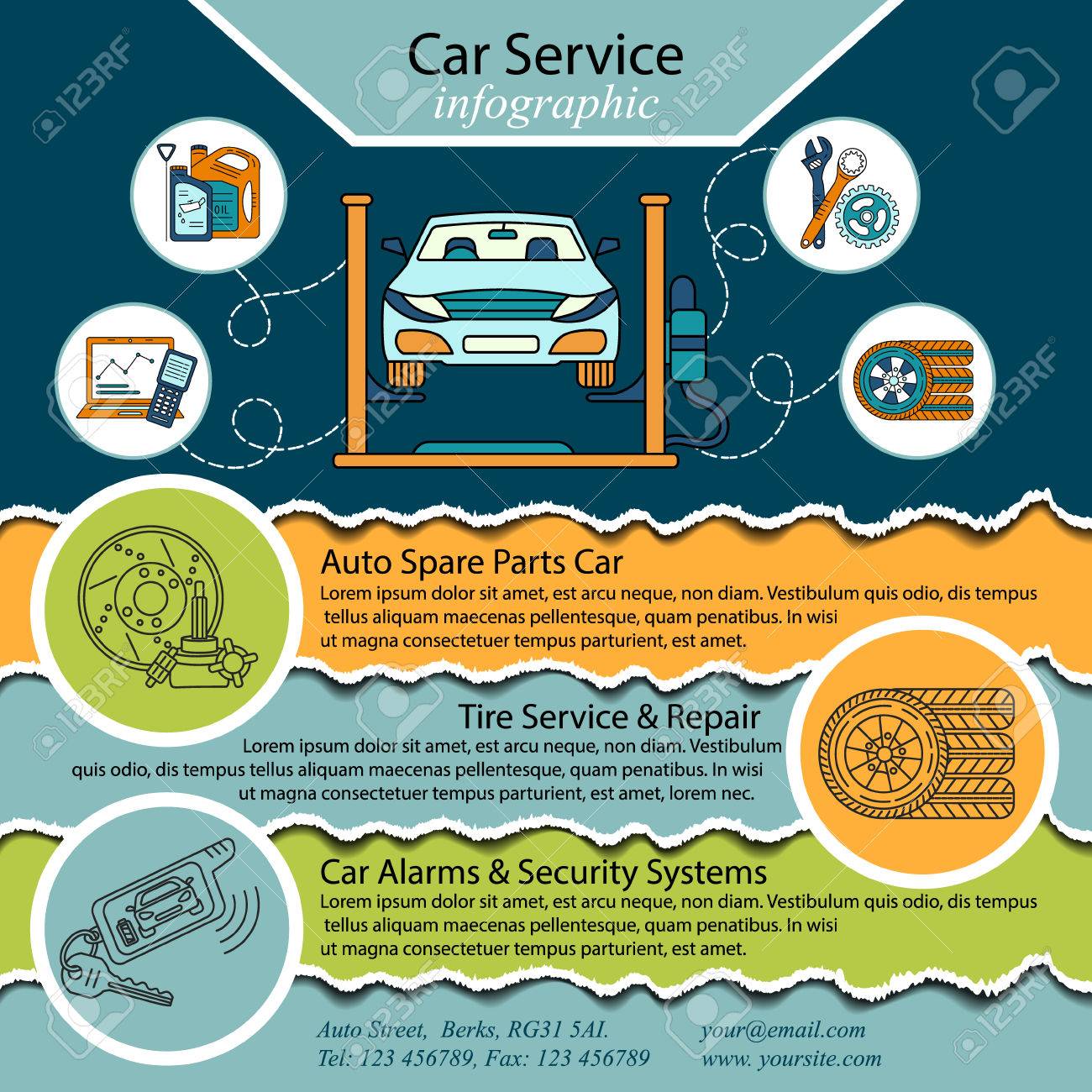Deciphering Your Car'S Caution Indicators: What They Really Indicate
Deciphering Your Car'S Caution Indicators: What They Really Indicate
Blog Article
Material Create By-Samuelsen Shepherd
When you're behind the wheel, those glowing warning lights on your dashboard can be a bit difficult. Do mobile car detailing know what they're trying to tell you about your car's health and wellness? Understanding the relevance of these lights is important for your safety and security and the durability of your automobile. So, boat detailing services among those lights pops up, would not you wish to decipher its message accurately and take the essential actions to address it?
Common Caution Lights and Interpretations
Recognize common caution lights in your vehicle and understand their definitions to make sure risk-free driving.
The most normal warning lights include the check engine light, which signals issues with the engine or exhausts system. If this light begins, it's important to have your lorry checked promptly.
The oil pressure warning light indicates reduced oil pressure, requiring immediate interest to stop engine damages.
A flashing battery light could recommend a defective charging system, possibly leaving you stranded otherwise attended to.
The tire stress surveillance system (TPMS) light notifies you to reduced tire pressure, affecting lorry security and fuel efficiency. Disregarding this might result in hazardous driving problems.
The abdominal muscle light shows a trouble with the anti-lock stopping system, compromising your ability to quit quickly in emergencies.
Lastly, the coolant temperature level advising light warns of engine overheating, which can result in severe damages if not resolved swiftly.
Comprehending these common warning lights will certainly aid you resolve problems without delay and keep risk-free driving problems.
Importance of Prompt Interest
Comprehending the common caution lights in your car is just the initial step; the value of without delay addressing these cautions can't be emphasized enough to ensure your security on the road.
When a warning light illuminates on your dashboard, it's your car's method of interacting a prospective issue that requires attention. Ignoring these warnings can bring about extra severe troubles down the road, jeopardizing your safety and possibly costing you more out of commission.
Trigger focus to alerting lights can prevent malfunctions and crashes. As an example, a blinking check engine light can indicate a misfire that, if left neglected, could cause damage to the catalytic converter. Addressing this immediately can conserve you from an expensive fixing.
In a similar way, a brake system warning light could indicate reduced brake fluid or worn brake pads, crucial elements for your security when driving.
DIY Troubleshooting Tips
If you see a caution light on your dashboard, there are a few DIY troubleshooting tips you can try prior to seeking expert aid.
The first step is to consult your automobile's guidebook to understand what the specific caution light shows. Occasionally the concern can be as basic as a loosened gas cap triggering the check engine light. Tightening the gas cap might resolve the trouble.
One more typical concern is a reduced battery, which can trigger different advising lights. Checking the battery links for corrosion and guaranteeing they're secure might fix the problem.
If a warning light lingers, you can attempt resetting it by separating the auto's battery for a couple of minutes and afterwards reconnecting it. Additionally, checking your car's liquid levels, such as oil, coolant, and brake liquid, can help repair advising lights associated with these systems.
Final thought
To conclude, understanding your cars and truck's warning lights is essential for keeping your vehicle running efficiently and securely. By without delay attending to these signals and knowing what they indicate, you can stay clear of expensive repair work and possible failures.
Bear in mind to consult your cars and truck's manual for certain information on each cautioning light and act as necessary to ensure a hassle-free driving experience.
Keep informed, remain risk-free when traveling!
